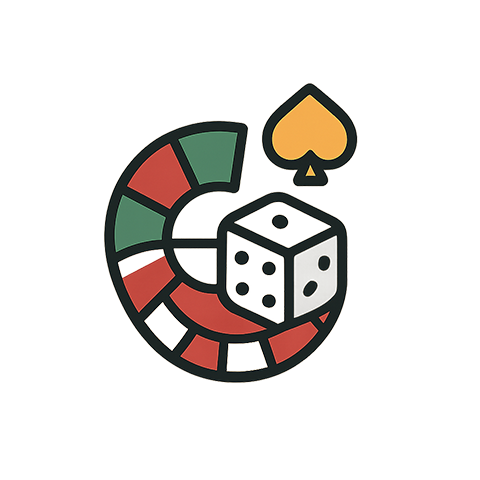
Second round. Strategies for Winning Big in Poker
When a hand of poker reaches the second round of betting, the stakes shift, the information pool expands, and the tactical choices become more nuanced. This critical juncture—often called the turn in Texas Hold’em—offers a unique blend of opportunity and risk. Successful players treat each second round as a micro‑battle, weighing the value of their hand against the likely holdings of their opponents, while also considering future betting rounds. The decisions made here can define the trajectory of an entire session, so mastering the art of the second round is essential for anyone who wants to win big at the table.
The Anatomy of the Second Round
In a typical Texas Hold’em game, the second round occurs after the flop has been revealed and the first betting round has concluded. The dealer then turns the fourth community card, known as the turn, and the second betting round begins. This period is pivotal because it introduces a new piece of information that can dramatically alter the perceived strength of a hand. The second round also sets the tone for the final betting cycle on the river, making it a prime opportunity for aggressive play, subtle bluffs, or disciplined caution.
Position is Still King
While the fundamentals of positional advantage remain unchanged, the second round amplifies its importance. Acting last after the flop gives you the benefit of seeing how many players are still engaged and what betting patterns have emerged. When you hold a strong hand, you can use your position to control the pot size, applying pressure on opponents who have already committed chips. Conversely, if you find yourself in an early position with a weak or speculative hand, you can choose to fold, re‑raise, or play cautiously, depending on the betting dynamics.
“Position allows you to decide whether to lead or follow, turning the second round into a controlled experiment of risk and reward.”
Betting Patterns and Aggression
During the second round, players often adjust their aggression based on the strength of the board and the perceived range of their opponents. A conservative strategy that worked on the flop might need to shift to a more assertive stance if the board has become dangerous. Conversely, a player who has been bluffing on the flop may need to adopt a tighter approach if the board reveals strong draws. The key is to remain flexible and to respond to betting patterns with calculated bets, rather than rigidly following a pre‑game plan.
Reading the Board
Every card that appears on the board contributes to the narrative of the hand. A turn that adds a straight or flush draw can dramatically increase the potential range of opponents’ hands. Players who pay close attention to how the board develops can infer whether their opponents are likely holding a strong hand or are merely hoping for a favorable turn. This insight informs whether you should bet, check, or fold, especially when the stakes are higher in the second round.
Bluffing on the Second Round
Bluffing remains a powerful tool, but the second round demands precision. Because more information has been exchanged, a bluff must be credible and well‑timed. The most effective bluffs come after a board that supports a believable storyline—for example, a player who checks on the flop and then raises on the turn can create the impression that they have hit a strong hand. It is also important to consider the range of hands that would make such a bluff plausible, ensuring that your betting frequency stays within believable limits.
Bankroll Management Across Rounds
Managing your bankroll through the second round is as critical as any other phase of the game. Because the pot can swell rapidly after the turn, you must monitor your stack size relative to the blinds and antes. A disciplined approach involves setting loss limits before the session and adjusting your betting size to preserve a healthy buffer. By maintaining a disciplined bankroll policy, you keep yourself in a position to recover from a bad beat that might occur during a particularly volatile second round.
Final Thoughts on the Second Round
Mastering the second round is a blend of strategic foresight, psychological acuity, and disciplined execution. By understanding the evolving dynamics of the board, leveraging positional advantage, and adjusting aggression appropriately, players can turn the second round into a decisive turning point. Remember that the second round is not just a checkpoint; it is a microcosm of the entire poker experience—an arena where information, risk, and opportunity converge. The players who consistently adapt to these conditions are the ones who ultimately win big and sustain long‑term success at the tables.


